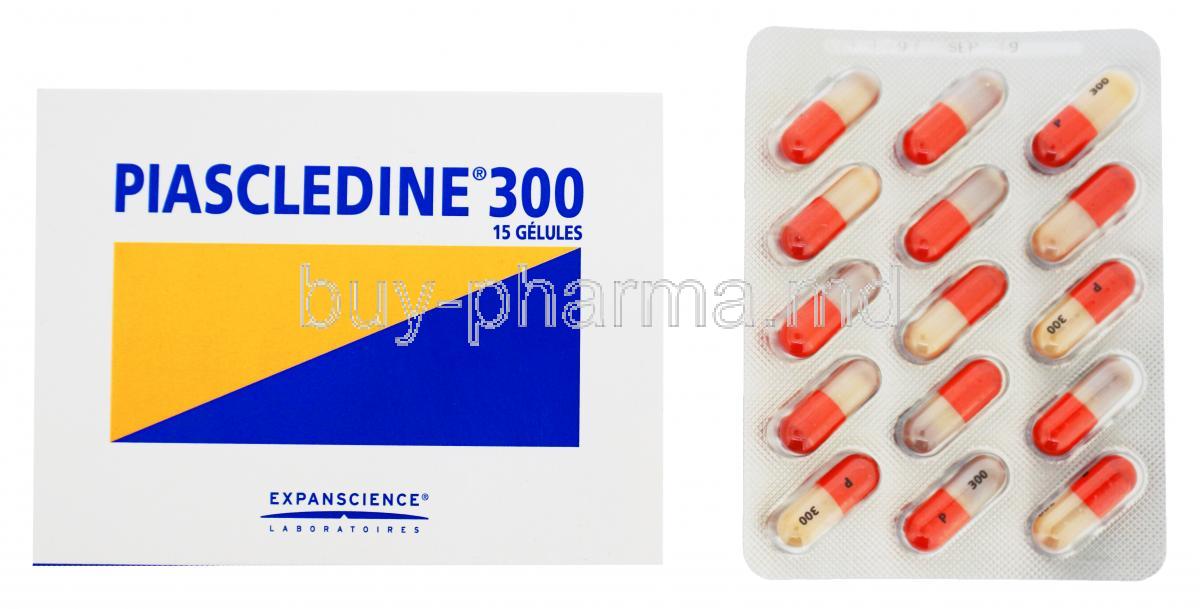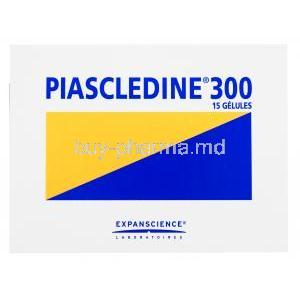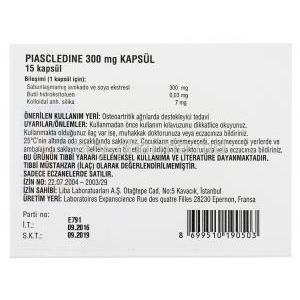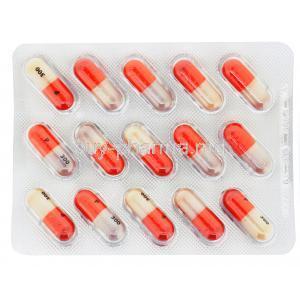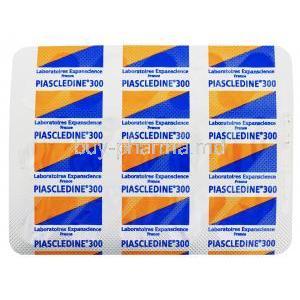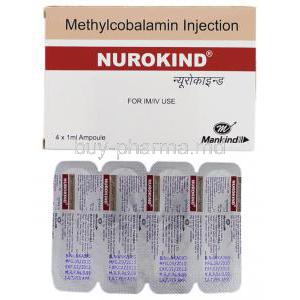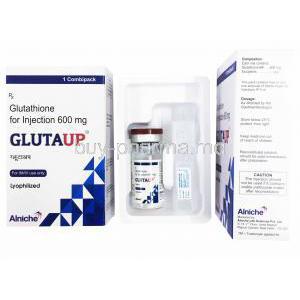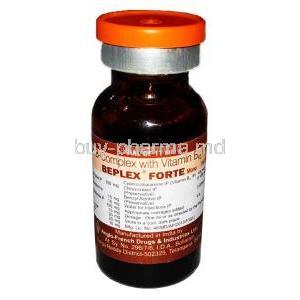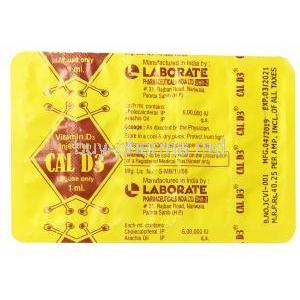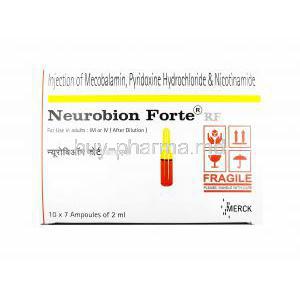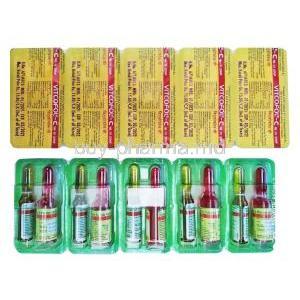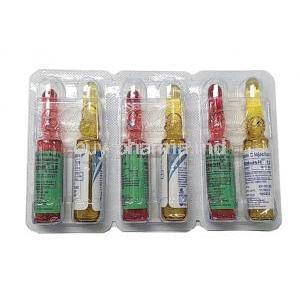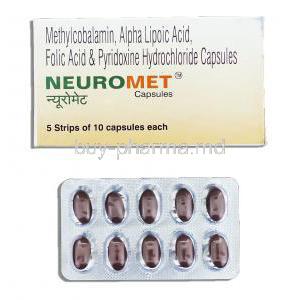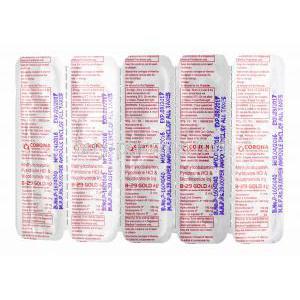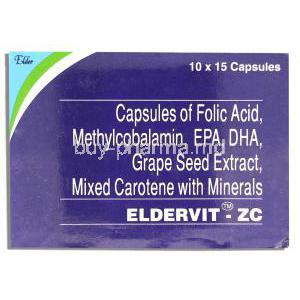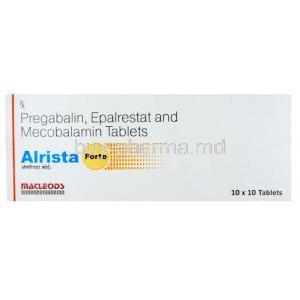Piascledine
- I. Introduction
- II. Composition of Piascledine
- III. How Piascledine Works
- IV. Uses of Piascledine
- V. Off-Label Use of Piascledine
- VI. Dosage and Administration
- VII. Side Effects of Piascledine
- VIII. Important Precautions
- IX. Interactions with Other Medications
- X. Contraindications and Warnings
- XI. Administration in Special Populations
- XII. Overdosage and Handling Precautions
I. Introduction
Piascledine: An in-depth look at this known therapeutic agent reveals its effectiveness in managing osteoarthritis. Derived from a combination of avocado and soybean unsaponifiables, Piascledine has properties that make it stand out in medicine. Its development can be traced back to research on finding natural remedies for joint diseases.
Over the years, numerous clinical trials have confirmed its benefits and safety, making it a valuable resource for healthcare professionals and patients seeking information on Piascledine composition, mechanism of action, and various clinical applications.
II. Composition of Piascledine
Active Ingredients: The effectiveness of Piascledine is attributed to its two active components: the unsaponifiable fractions of avocado and soybean oils. These natural extracts are renowned for their inflammatory properties and ability to promote cartilage repair.
- Pharmaceutical Formulations: Piascledine comes in forms, such as capsules and tablets, catering to different patient preferences and how quickly they are absorbed.
- Excipients and Additives: The excipients include butylhydroxytoluene, erythrosine, ferrous oxide yellow, gelatin, polysorbate 80, anhydrous colloidal silica, and titanium dioxide 12.
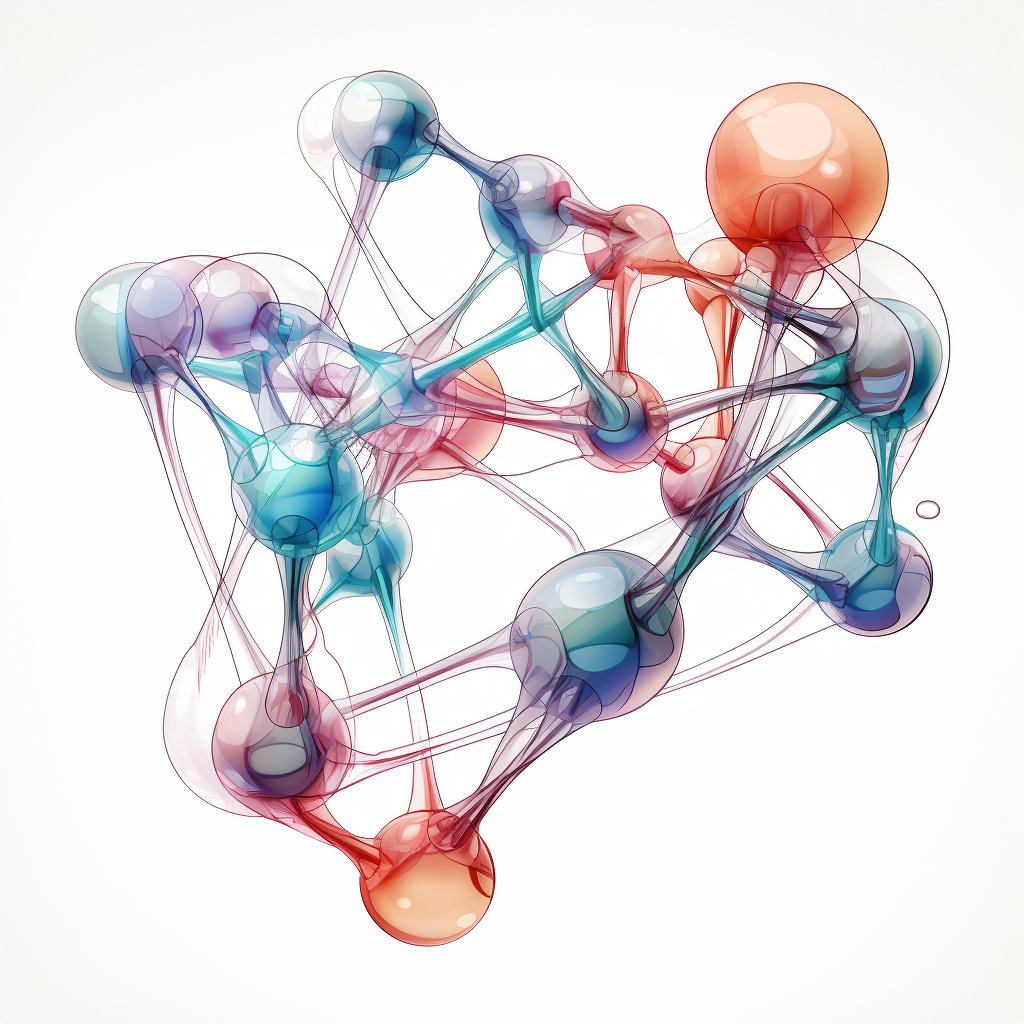
III. How Piascledine Works
How Piascledine works: The primary way Piascledine brings about its effects is by reducing the production of substances that cause inflammation and promoting cartilage regeneration. This helps to relieve pain and improve mobility.
How it affects the body: Piascledine interacts with cellular and molecular pathways that are important in the development of osteoarthritis. This interaction is crucial to understanding how the drug works.
How it is processed in the body: The absorption, distribution, metabolism, and elimination of Piascledine determine its characteristics in terms of how it's processed within the body. These processes ensure that it acts specifically and, for some time, within the body.
IV. Uses of Piascledine
Piascledine is a drug that is mainly prescribed for the treatment of osteoarthritis, a condition that affects the joints and causes cartilage deterioration and joint dysfunction 1. Its effectiveness in promoting health has been supported by numerous studies demonstrating its ability to alleviate pain and enhance joint function 2. Piascledine plays a role in the comprehensive management of osteoarthritis, working synergistically with other treatment approaches to provide optimal results 1.
References:
1: Piascledine Dosage & Drug Information | MIMS Philippines 2: Piascledine (unsaponifiable avocado and soybean oil)
V. Off-Label Use of Piascledine
Exploring beyond its usage, Piascledine is currently being investigated for potential therapeutic applications in various diseases where inflammation plays a crucial role.
Recent research findings are starting to reveal its use in other health domains, suggesting a broader range of therapeutic possibilities.
Additionally, anecdotal evidence and case studies support its effectiveness in contexts that clinical guidelines have not yet fully embraced, indicating its versatile nature.
VI. Dosage and Administration
Dosage Recommendations: The recommended dosage of Piascledine varies depending on the severity of the condition.
How the patient responds. Typically, a common approach is to take one dose per day. Adjusting Dosage: It may be necessary to adjust the dosage. This is especially true for patients with kidney problems or when experiencing reactions.
How to Take Piascledine: Piascledine can be taken orally. It is advised to have it with meals to improve absorption.
VII. Side Effects of Piascledine
Common Side Effects Overview: Although Piascledine is generally well tolerated, a few patients may encounter mild side effects like gastrointestinal disturbances and allergic reactions. These side effects are usually infrequent and not severe. It's necessary to monitor them for the safety of the patients.
Dosage adjustments or providing care is often necessary to manage these side effects effectively, ensuring a proper balance between effectiveness and tolerability.

VIII. Important Precautions
Before using Piascledine, it is essential to conduct a medical evaluation to determine its suitability for each patient, considering their medical history and existing conditions. It is necessary to monitor patients prescribed Piascledine, which includes conducting liver function tests and assessing any symptoms that may arise.
When prescribing Piascledine, extra caution should be exercised when considering women, nursing mothers, or pediatric patients due to limited data available for these specific groups.
IX. Interactions with Other Medications
Drug interactions: It's essential to review a patient's medication regimen when using Piascledine to avoid unwanted interactions with other medications.
Additionally, certain lifestyle factors and dietary components can affect the effectiveness of Piascledine, so it's crucial to educate patients about these aspects. To ensure the therapeutic outcome, it is essential to reconcile medications and provide counseling to prevent and manage any potential interactions.
X. Contraindications and Warnings
Absolute Contraindications
There are restrictions on the use of Piascledine in specific situations. The important one is when individuals know sensitivities to its ingredients. Patients who have had allergic reactions to similar medications in the past should steer clear of Piascledine to reduce the chances of experiencing anaphylaxis or other severe adverse effects.
Relative Contraindications
Relative contraindications require a careful and nuanced approach. Piascledine should be used with caution in patients who have a history of liver disease or are currently receiving treatment for conditions. It is crucial to assess the balance between potential benefits and risks in such situations, often leading to the need for a personalized treatment plan.
Safety Warnings and Alerts
- Patients should be informed about the possibility of experiencing gastrointestinal issues and should be encouraged to report any unusual symptoms after taking the medication.
- It is suggested to monitor liver function especially when using the medication for an extended period in order to prevent any potential liver related complications.
- Healthcare professionals need to stay alert and watch out for any indications of drug interactions in situations involving multiple medications being taken simultaneously.
XI. Administration in Special Populations
Elderly Patients
In patients, it is essential to be careful when giving medications because they are more prone to experiencing side effects and possible interactions with other drugs. It is advised to adjust the dosage. Closely observe their response and ability to tolerate the medication to achieve the best results.
Pregnant Women and Nursing Mothers
Considering the amount of research conducted on pregnant and lactating women, it is recommended that Piascledine be prescribed only if the potential benefits outweigh the potential risks to the fetus or infant. Physicians should exercise caution in their judgment, considering this demographic's lack of conclusive data.
Pediatric Administration
The safety and effectiveness of Piascledine in children have not been thoroughly investigated. As a result, it is not advisable to use it in this age group until additional research provides information on its safety and effectiveness for pediatric patients.
XII. Overdosage and Handling Precautions
Overdosage Symptoms and Treatment
Although cases of overdosage are uncommon, they require medical intervention. Symptoms could manifest as discomfort and feelings of lightheadedness. The treatment primarily focuses on addressing the symptoms and providing support, emphasizing ensuring the proper functioning of vital organs.

Proper Storage and Handling
To ensure that Piascledine remains effective and safe it is essential to store it at room temperature from moisture and sunlight. Remember to store the medication in a place where children cannot reach it, as accidental ingestion should be avoided.
Disposal and Environmental Considerations
It is crucial to practice disposal methods to minimize the impact on the environment. Patients should not throw or flush Piascledine in household waste or wastewater. Instead, they should use specialized medication take-back programs. Seek guidance from pharmacists on proper disposal methods.

